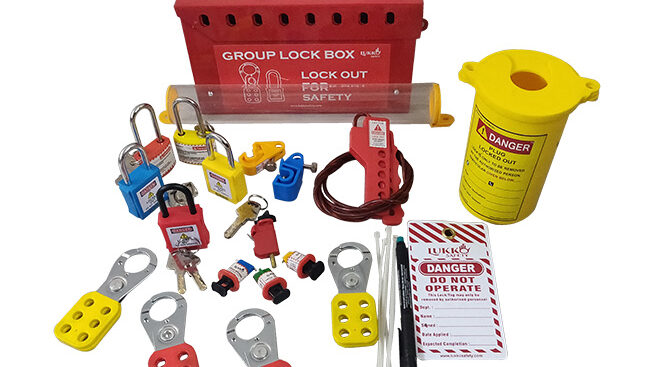Training employees on lockout tagout (LOTO) procedures is a critical component of workplace safety. LOTO procedures are designed to prevent the release of hazardous energy during maintenance, servicing, or repair of machines and equipment, which can cause serious injury or death. In this blog post, we will discuss how to train employees on lockout tagout procedures to ensure their safety in the workplace.
- Develop a LOTO Training Program
The first step in training employees on lockout tagout procedures is to develop a comprehensive training program. This program should be tailored to the specific needs of your workplace and should include information on the following topics:
- What is LOTO and why is it important
- The types of hazardous energy sources and how to identify them
- How to use lockout tagout devices and equipment
- The steps for implementing and removing LOTO procedures
- The importance of following LOTO procedures and the consequences of failing to do so
- Identify Training Needs
Before conducting training, it’s important to identify the training needs of your employees. This can be done by conducting a hazard assessment to identify the potential hazards present in the workplace and determine which employees are at risk.
Employees who work with machines and equipment that require LOTO procedures should receive training, as well as any other employees who may be exposed to hazardous energy during maintenance or repair work.
- Provide Hands-On Training
Hands-on training is essential to ensure that employees understand how to properly use lockout tagout devices and equipment. This can include practicing the steps for implementing and removing LOTO procedures and identifying hazardous energy sources.
It’s also important to provide employees with the opportunity to ask questions and clarify any misunderstandings they may have.
- Conduct Refresher Training
LOTO procedures should be reviewed regularly to ensure that employees are following them correctly. Refresher training should be provided to employees on a regular basis, such as annually or when new equipment or machinery is introduced.
- Document Training
Documentation is an essential part of LOTO training. Employers should keep records of all LOTO training sessions, including the date, time, location, and attendees. This documentation should be kept on file and made available to OSHA inspectors upon request.
Conclusion
Training employees on lockout tagout procedures is crucial for workplace safety. By developing a comprehensive training program, identifying training needs, providing hands-on training, conducting refresher training, and documenting training, employers can ensure that their employees understand and follow LOTO procedures. This not only promotes a safe working environment but also helps to prevent serious injuries or fatalities due to hazardous energy.
For more details contact us – lukkosafety

